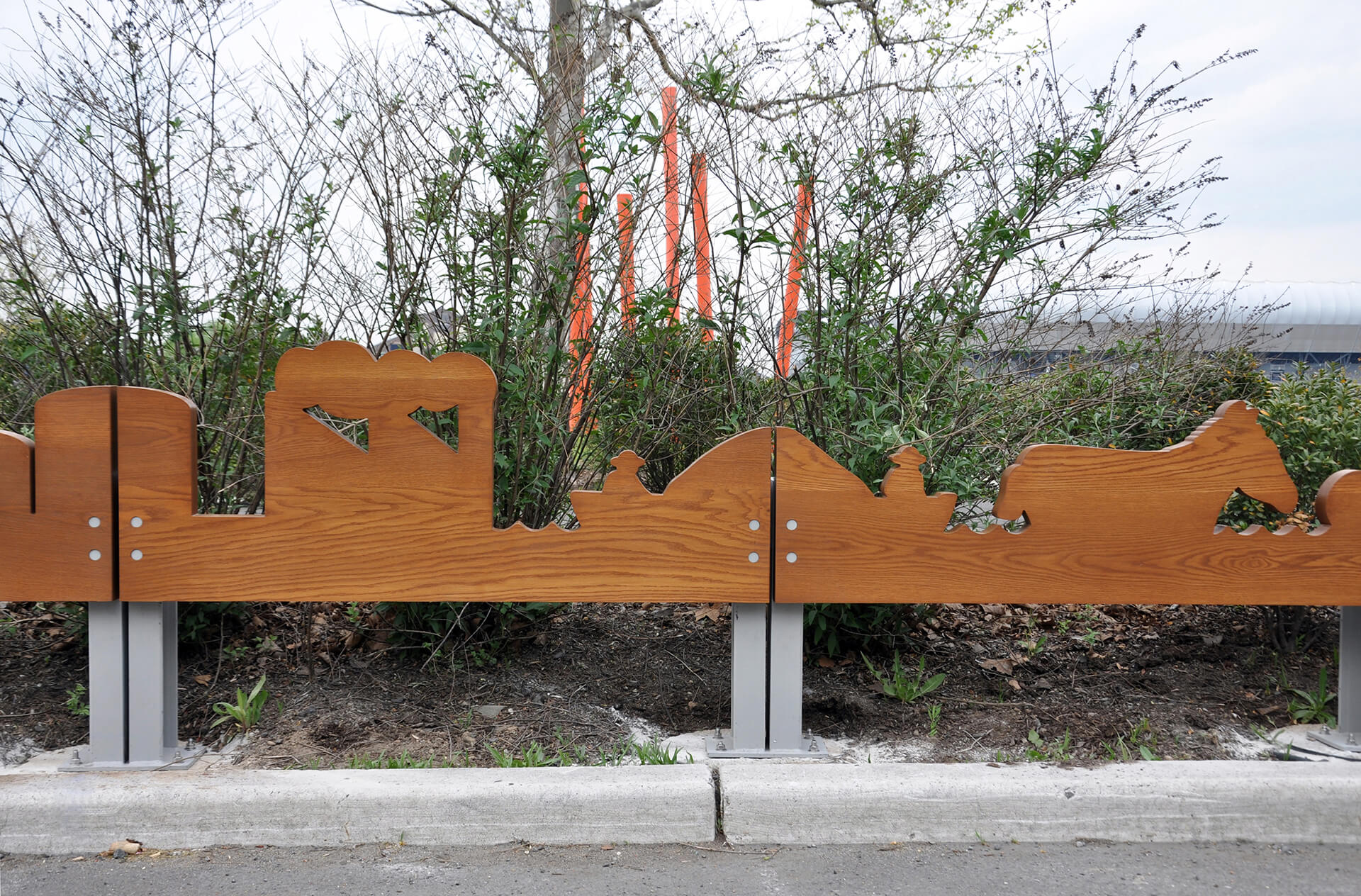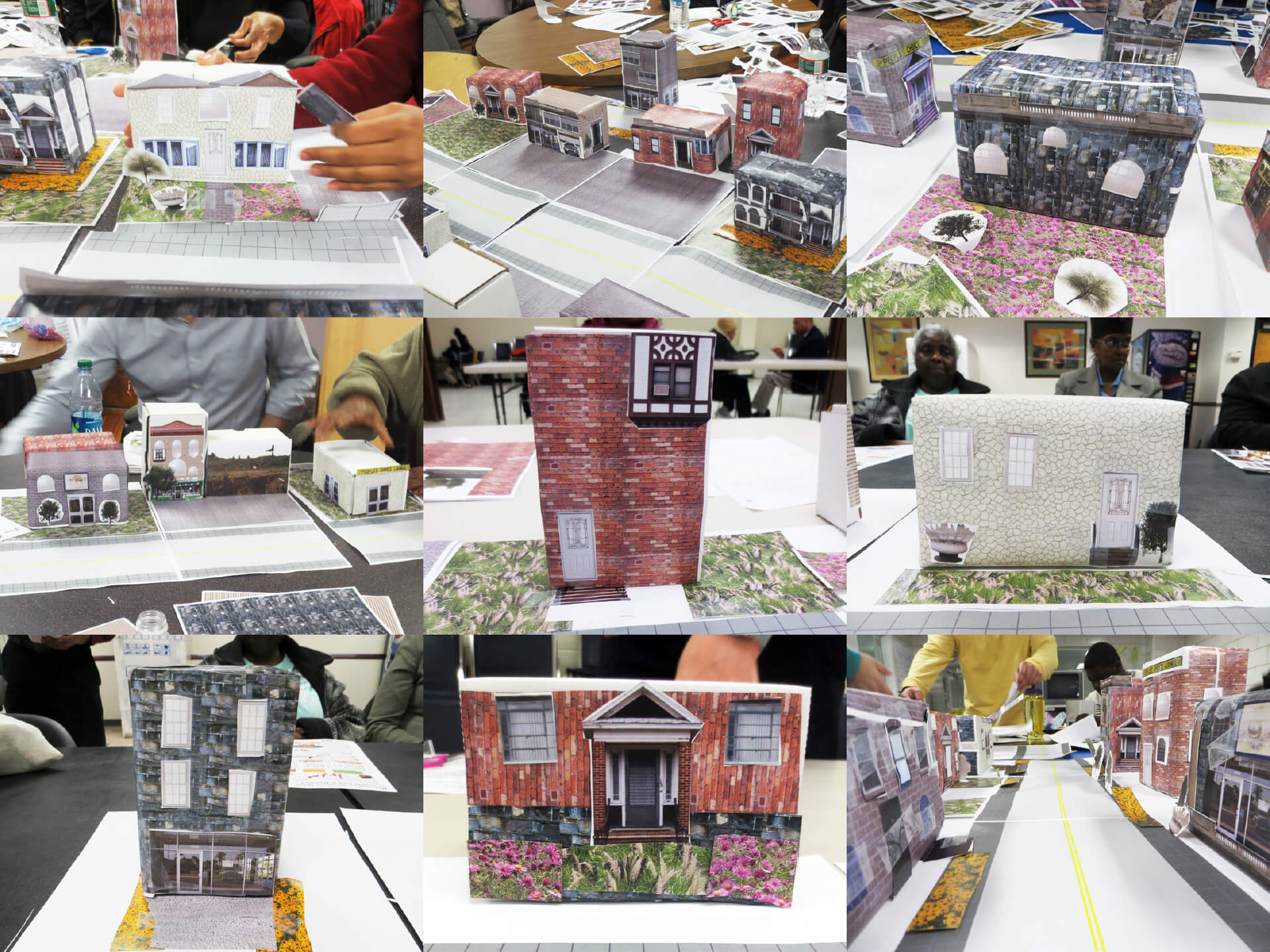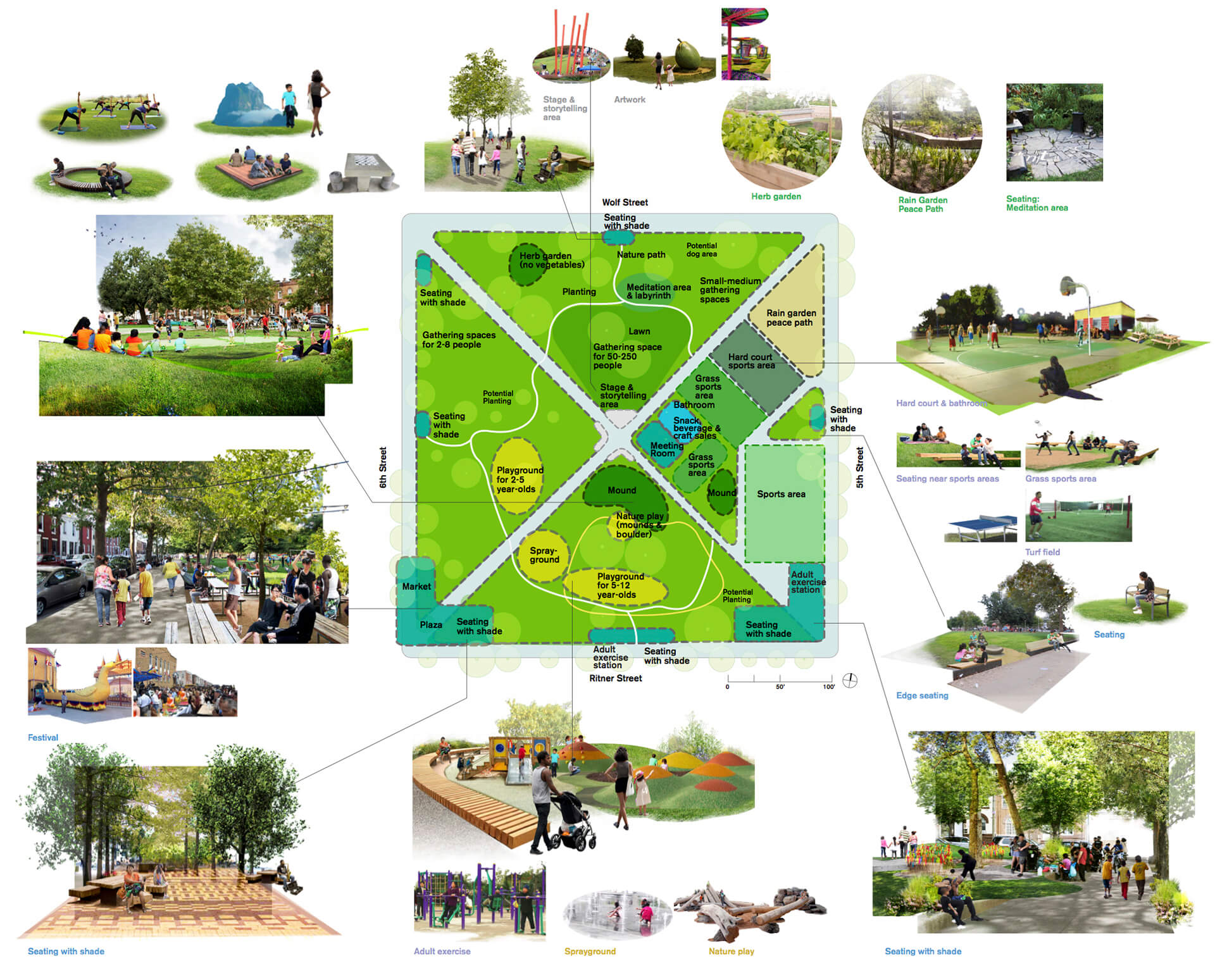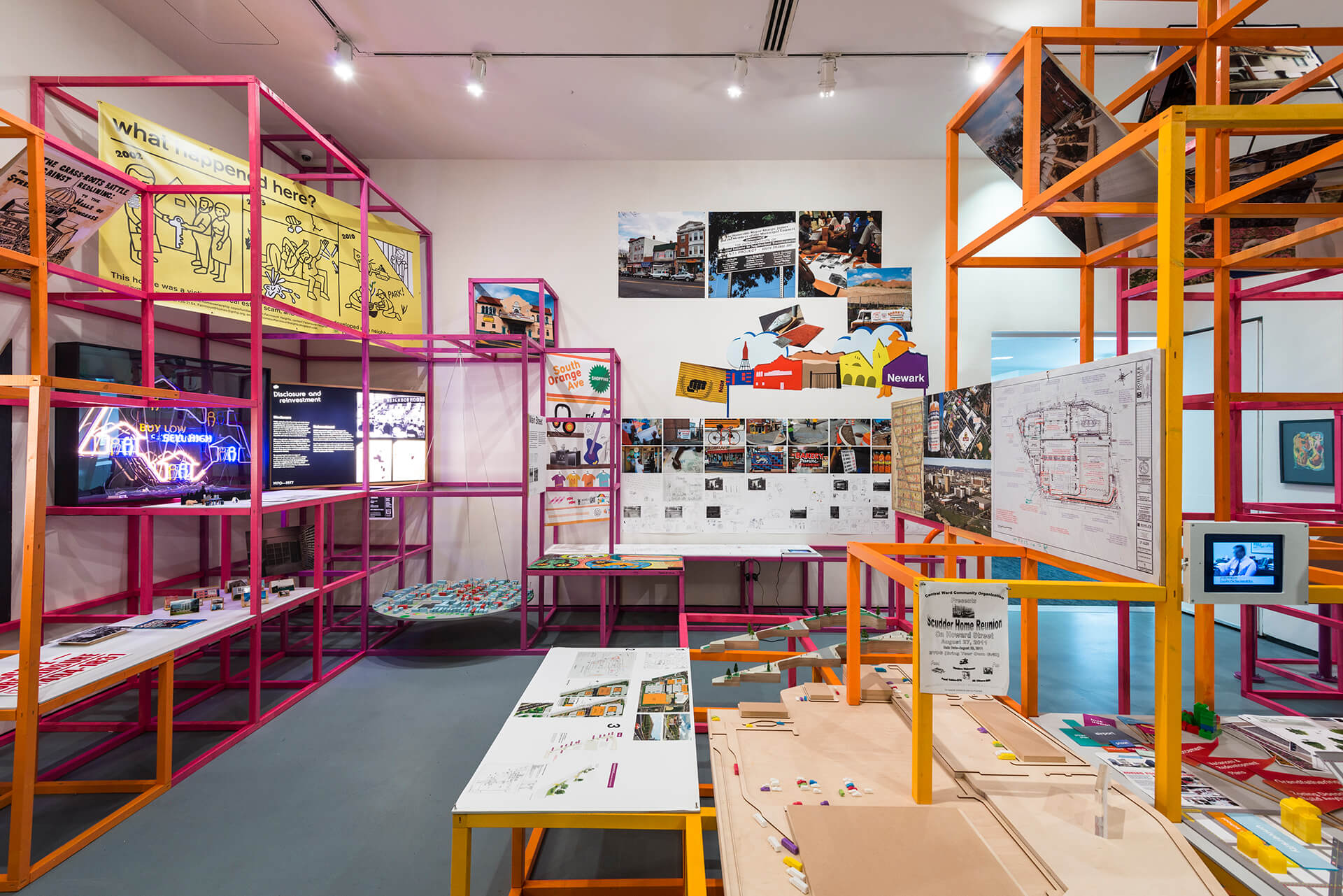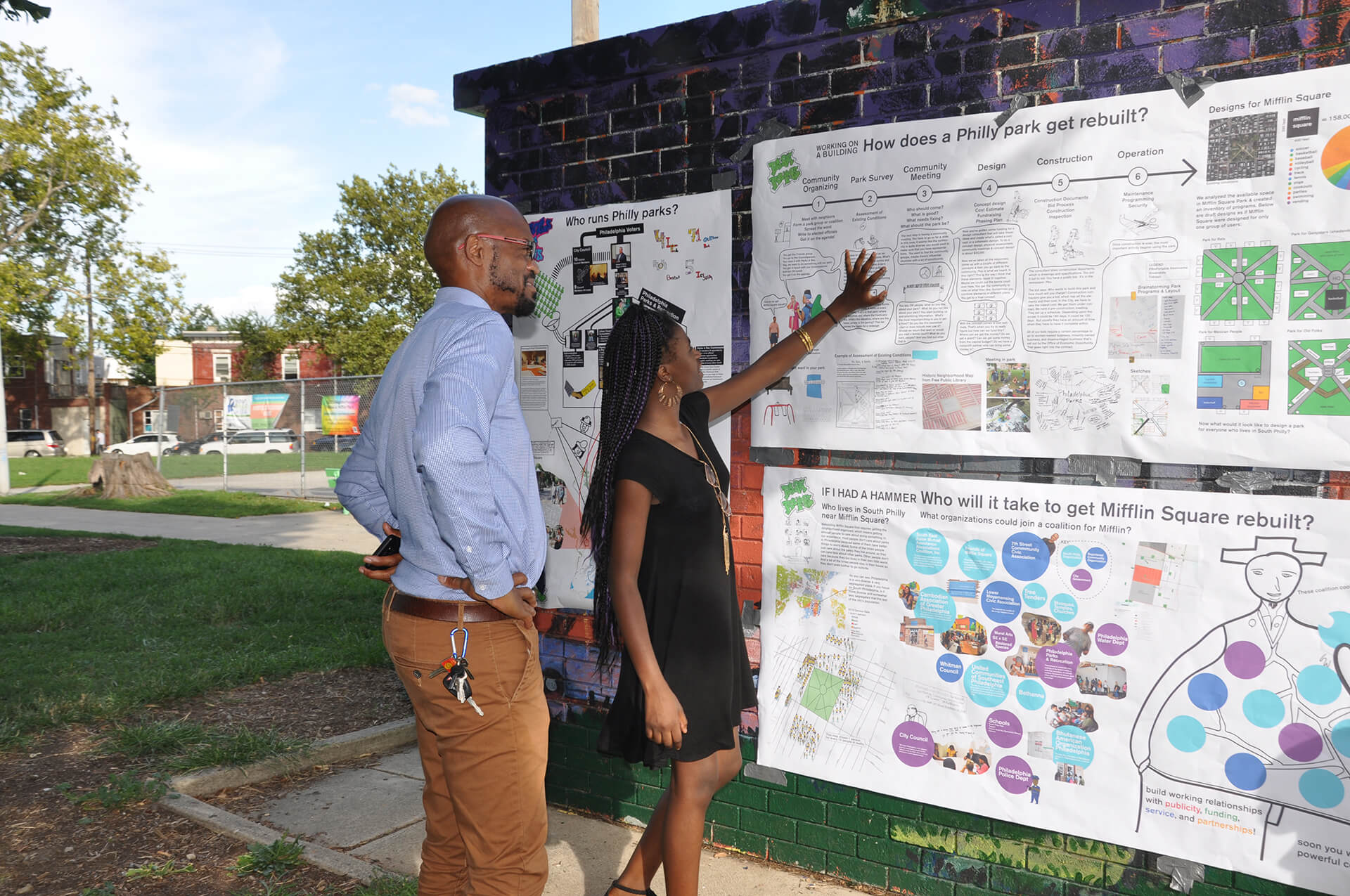JP: We have been proud to have you as a Loeb even before you got the MacArthur, and of course we’re especially prideful of your accomplishment. We want to know more–tell us what it was like getting the call from MacArthur.
DR: It was–and I know this is the way they want it to be–truly unexpected, and my first feelings were “Why me?” And I’m thankful that if this was ever going to happen, it was in my very mature 40s where, 1–you’re definitely convinced there isn’t such thing as a genius. And 2–you’re acutely aware that you are almost without any substance without the people that you’ve had the good fortune to come across and work with.
A close friend, Sister Carol, said, “You know really quickly after you meet someone whether you’d ever want to work with them or not.” I thought about all the people who pulled my jacket–Sister Carol definitely, and a long list of others. It’s the productive side of feeling a little inadequate: thinking of the people I feel grateful for who are doing this work.
There is the phone call part of the story, too: there’s a weird caller ID and the call starts just like all the others you don’t want to answer: “Congratulations! You have been selected!” I had bad phone reception, and when they said, “Are you familiar with us?” I thought they were saying, “Did you sign up for this?” and I said no. And they said, “You should go on our website and read about it.” Eventually the director read me a little paragraph that showed they did some research about me.
My parents weren’t familiar with the award and were very skeptical. A reporter from the Jewish Light of St. Louis plied them for all kinds of embarrassing stories–some were true, some fabricated. My dad told them I helped sick children. And paid extra taxes.
JP: A while ago you told me, “It seems like I ping pong between private sector–public sector–private sector–public sector.” Is there a North Star for you, like “I’ve gotta keep digging deeper here”?
DR: Yes there are some threads, although I don’t necessarily think of it as digging deeper; it’s more like eating a cookie from lots of different sides. At the center of it has always just been a great joy in designing things, and I don’t think it is so unique. Any young person that drapes a sheet over a table and goes underneath knows what that’s all about.
